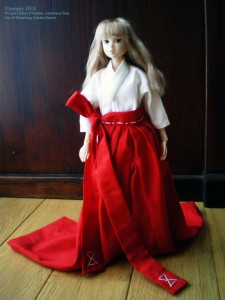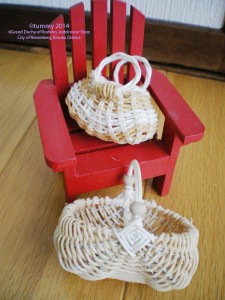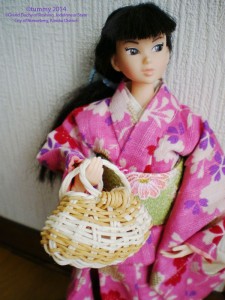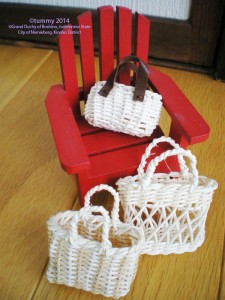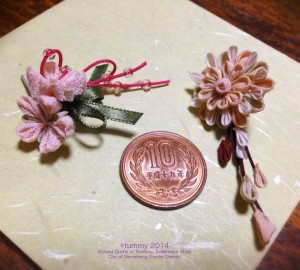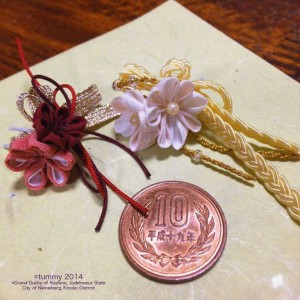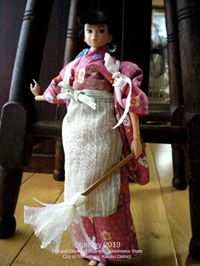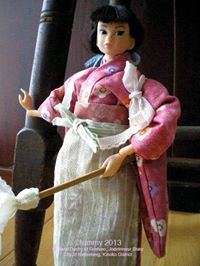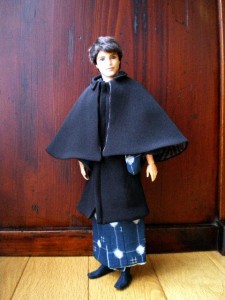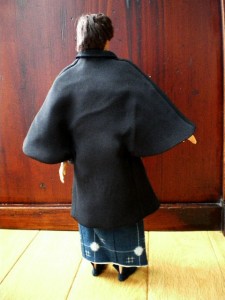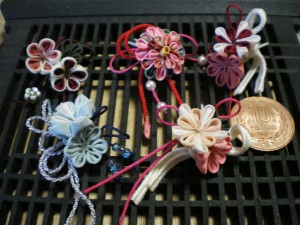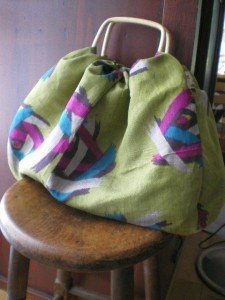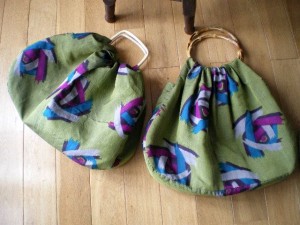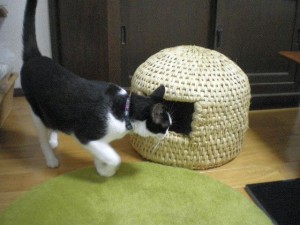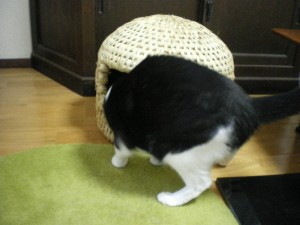Grand Duchy of Roshino, Jodelnneur State, City of Nienieberg, Kinoko District
ロシーノ大公国ヨーデルヌール州ニーニーベルグ市きのこ地区
Doll’s kimono ~the Heian period 1~ 平安装束 -筒袖&長袴-
白い筒袖の着物に長い緋袴をはきます。
緋袴の紐の端に縫われている模様は、「立鼓」(りゅうこ)と言います。
I am now working for doll’s costume of the female nobles from Heian period.
The top is a white kimono with tight sleeves and
the bottom is a red long hakama.
The hourglass-shaped decorative stitching at the end of the belt of
red hakama is called, “Ryuko” (standing drum).
Tsumami-zaiku ornamental hairpins for dolls お人形のつまみかんざし
新年をお祝いするのにふさわしい、お人形のつまみ細工の簪を作りました。
To celebrate new year
I made some festive ornamental tsumami-zaiku hairpins (kanzashi) for dolls.
生地は主に羽二重、縮緬の古布を使っています。
Fabrics used: mainly habutae-shilk and vintage Japanese crepe clothes (chirimen).
Left: cherry blossoms.
Right: big chrysanthemum.
色が変わると、雰囲気が変わります。
Both are chrysanthemums.
Each color gives different type of impression.
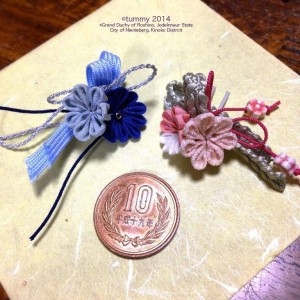 左は二重の花びらの菊、右は一重にビーズで花芯をつけてみました。
左は二重の花びらの菊、右は一重にビーズで花芯をつけてみました。
Left: a chrysanthemum with double-layered petals.
Right: a chrysanthemum with single-layered petal, and a bead in the center.
Clean the Whole House! 1 大掃除!1
そろそろ年末です。
日本では、年末に大掃除をします。
It’s close to the end of the year.
In Japan, we do this thorough cleaning at the end of the year
to welcome a new year.
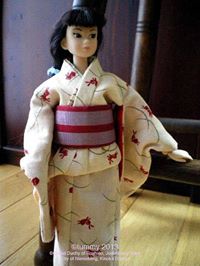 大掃除をするときには、このままでは動きにくい上、汚れてしまいます。
大掃除をするときには、このままでは動きにくい上、汚れてしまいます。
With kimono, it makes difficult to move and
moreover, easy to get dirty.
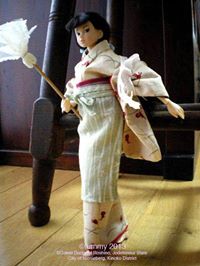 そこで、長い袖は「たすき」で邪魔にならないようにして、前掛けをつけます。
そこで、長い袖は「たすき」で邪魔にならないようにして、前掛けをつけます。
さあ、お掃除です!
Therefore, we tuck up kimono sleeves with tasuki (fabric cords)
so that they don’t bother your move
and wear an apron.
Now, let’s start cleaning!
1/6 Tonbi Coat: Men’s overcoat for kimono お人形のトンビコート
とんびコートは、着物の上に着るためのコートです。
I made tonbi coat for 1/6 size doll.
Tonbi coat is similar to the Inverness coat
putting on over kimono.
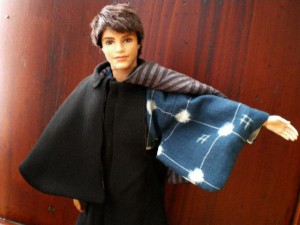 着物の袖が邪魔にならないように、ケープの下は袖がない作りになっています。
着物の袖が邪魔にならないように、ケープの下は袖がない作りになっています。
As you can see, it doesn’t have sleeves under the cape
it is because there are full kimono sleeves.
The back of the cape is a part of back body: it is one piece.
Come to think of it, I realized this tonbi coat is
much similar to the Inverness cape: the cape split in two and a small cape on
each side was sewn into the side seams
not taken across the back(*), but not exactly same.
*source from wikipedia: Inverness cape
